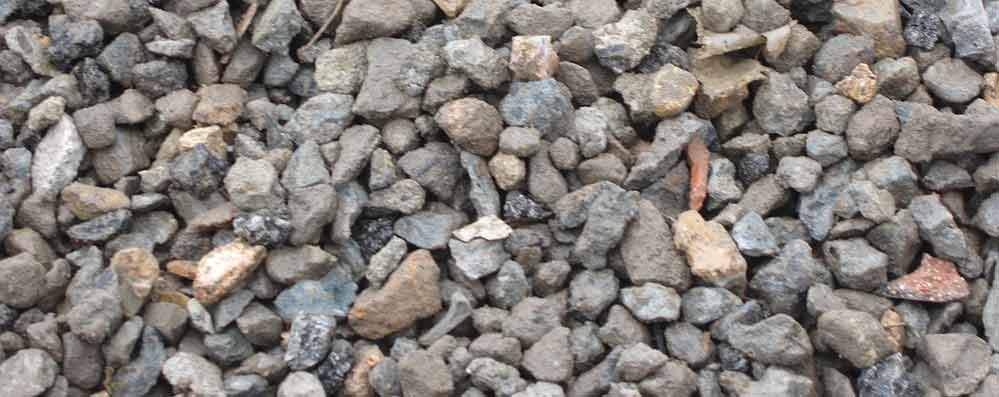In this article named “Classification of Aggregates”, the general classification of aggregates is described.
General Classification of Aggregates
Aggregate size applied in concrete can vary from less than one-tenth of a millimetre to tens of millimeters. In the concrete mix, aggregate particles of different sizes are incorporated. Grading is the term given to the particle size distribution.
In manufacturing concretes with low-grades, aggregate from deposits containing a whole range of sizes, from the largest to the smallest, is sometimes used; this is referred to as all-in or pitrun aggregate. But, in good quality concretes, the aggregate applied contains at least two size groups:
Fine aggregate (called sand) –> not larger than 4 mm (BS EN 12620), and
Coarse aggregate –> comprises material at least 5 mm (BS EN 12620).
In USA, the division is made at No. 4 ASTM sieve, which is 4.75 mm in size. In other words, fine aggregate particles have size < 4.75 mm and coarse aggregate are larger than 4.75 mm.
Natural sand is generally considered to have a lower size limit of 70 or 60 μm. Material between 60 μm and 2 μm is classified as silt, and particles smaller still are termed clay. Loam is a soft deposit consisting of sand, silt, and clay in about equal proportions.
The influence of silt and of clay on the properties of the resultant concrete is often significantly different not only because these particles differ in size but also in composition. BS 812: 103.1:1985 and BS 812:103.2 describe the methods of determining the proportion of material smaller than 75 μm and 20 μm, respectively.
Originally, all natural aggregate particles were a part of a larger parent mass. Then, this mass may have been fragmented by natural processes of weathering and abrasion or artificially by crushing. Thus, many properties of the aggregate depend entirely on the properties of the parent rock, e.g. chemical and mineral composition, petrological character, specific gravity, hardness, strength, physical and chemical stability, pore structure, and colour. On the other hand, there are some properties possessed by the aggregate but absent in the parent rock: particle shape and size, surface texture, and absorption.
All these properties may have a considerable influence on the quality of the concrete, either fresh or in the hardened state. Aggregates whose properties are satisfactory will always make good concrete. However, the opposite is not necessarily true and that is the reason why the criterion of concrete performance has to be used. This is to say that aggregates may appear to be unsatisfactory on some count but no problems experienced when it is used in concrete. For instance, a rock sample may disrupt on freezing but need not do so when embedded in concrete, especially when the aggregate particles are well covered by a hydrated cement paste of low permeability. However, aggregate considered poor in more than one respect is unlikely to make a satisfactory concrete, so that tests on aggregate alone are of help in assessing its suitability for use in concrete.
